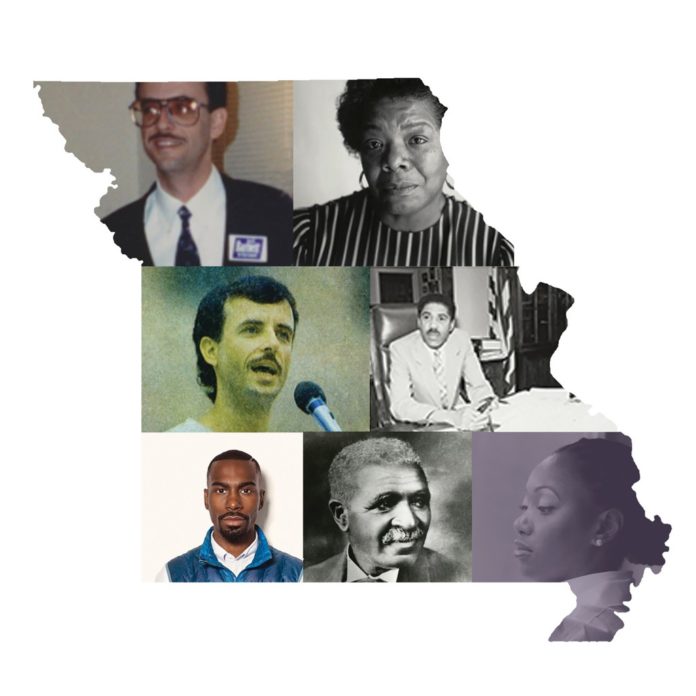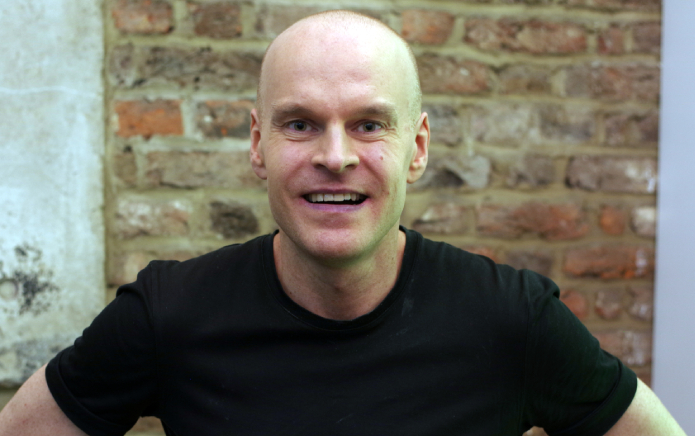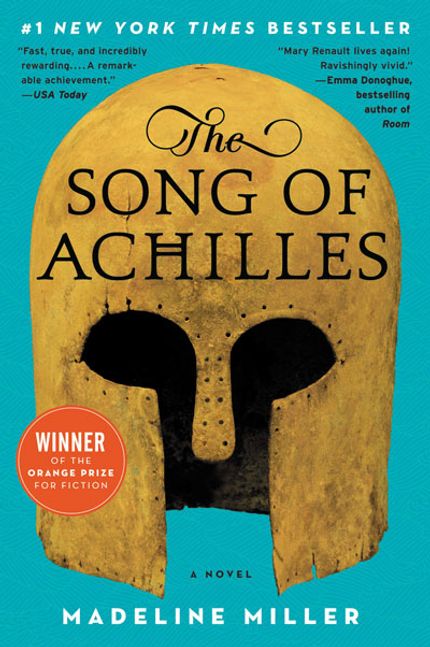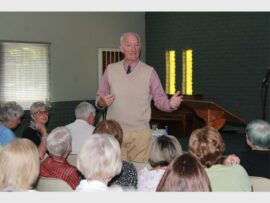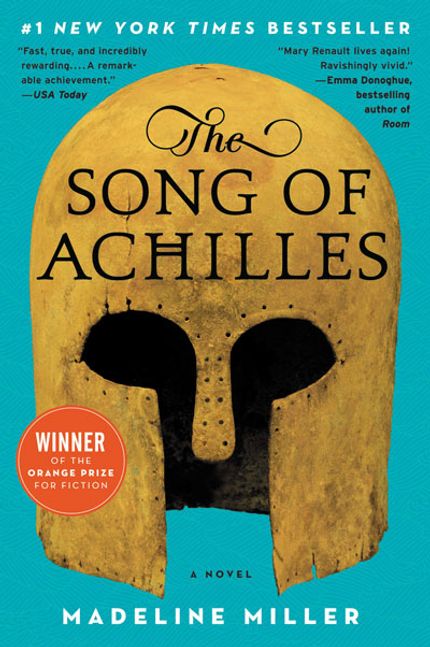The motto of Missouri is “Salus Populi Suprema Lex Esto,” which means, “Let the welfare of the people be the supreme law.” At times, this has been aspirational at best. But those who have taken it to heart—the people that persevered through all the hardship, who led civil unrest movements, who created art, and who made an effort to improve their world—have accomplished so much.
In the 200 years since this state became part of the Union, many influential people have called this place home, or at least have made a name for themselves here. Missouri has always been a hotbed for change and those who seek it.
One of the state’s many nicknames—“The Lead State”—derives from its unrivaled mining and production of lead. Considering how many leaders have emerged from within our borders, perhaps we should be referred to as “The Lead State.”
Here are a few of our most exemplary humanitarians—shaping not only our land, but our nation as a whole.
The Civil Rights Activists
Jon D. Barnett began his life struggling with his sexuality. Growing up in Colby, Kansas, he was told that those who were different “weren’t easily embraced.” But he couldn’t live in hiding. At 19, Barnett moved to Arizona to live with his brother, and to come out of the closet in relative safety. In 1978, he moved to Kansas City and began working at the Metropolitan Community Church. It was there that he started to fall in love with the Kansas City queer community and met his partner, Michael.
By 1986, gay men in Kansas City were losing loved ones at high rates to AIDS. Barnett, who was writing regularly for The Alternate News, a gay publication in KC, decided something needed to be done. Joined by a handful of men, he formed an ACT UP chapter. Within 30 days, the group began plastering flyers around town, putting ads in popular gay publications, and protesting about the lack of response and homophobia surrounding AIDS. He wanted AIDS research, education, and patient care to be the state and federal financing’s top priority.
In December 1989, Barnett co-founded the Human Rights Ordinance Project with fellow ACT UP/KC member David Weeda. They advocated for an ordinance that would prevent discrimination for those who had AIDS and HIV that were facing medical discrimination based on their sexual orientation. It wasn’t until April of 1990 that their wishes started to become a reality. Ordinance #65430—legislation that outlawed discrimination against people who tested positive for HIV—was introduced by Councilwoman Katheryn Shields and Mayor Richard L. Berkley. It passed that November.
A month later, Barnett ran for the Kansas City Council. He garnered 11% of the votes in the primaries but did not win the seat. Still, he considered it a victory. In June 1991, he began writing for The Lesbian and Gay News Telegraph and was appointed to Mayor Emanuel Cleaver’s Commission on Gay and Lesbian Concerns. The commission completed surveys and created a report for the mayor filled with recommendations, including the need to add “sexual orientation” to the KC civil rights ordinance; that passed in 1993.
While Barnett never planned on becoming a gay rights activist, he certainly became a memorable one that made KC better for the future of the LGBTQ+ community. In 2020, his experience fighting the AIDS pandemic yielded invaluable advice for the community during COVID-19.
DeRay Mckesson is just starting to make his mark on history. Born and raised in Baltimore, he was always an advocate for issues surrounding children, youth, and families. Motivated by the death of Michael Brown in 2014, he followed his calling to Ferguson and became an early leading figure in the Black Lives Matter movement.
“I was one of many people who stood in the streets and used my platform online to help people all across the world understand what was happening about not only the death of Mike Brown, but what was happening across the country,” Mckesson said in an interview with PBS in 2020. “You know, you think about, ‘what does it mean that we live in a country where a third of all the people killed by strangers are killed by a police officer?’ We think about issues of mass incarceration, the racial wealth gap. All of those things are things that I spend every day fighting to make sure that we bring equity and justice into the world and the fight continues.”
In 2015, Mckesson co-founded the non-profit Campaign Zero with Samuel Sinyangwe. The data-based platform provides solutions backed by evidence that could end police violence. Mckesson and Sinyangwe are also co-hosts on the social justice podcast Pod Save the People.
The Women’s Rights Activists
One female pioneer that deserves the respect of greater renown is Luella St. Clair Moss. Moving to Columbia in the summer of 1893, her husband Franklin interviewed for the position of president at the Christian Female College (now Columbia College). When Franklin died in November of that year, Moss was offered the job. She was the first woman in United States history to be appointed a college president. During her presidency, she increased enrollment, bought new buildings, and doubled the faculty. Moss was elected the first president of the Missouri League of Women Voters in 1919 and in 1922—just two years after women were given the right to vote—ran for the congressional seat in the Eighth District.
Even if she won the nomination for the Democratic Party, she would still have to beat the Republican incumbent, Sid Roach, who had won by a landslide in 1920. Fortunately, she received good press all around. In his book, It Happened in Missouri, author Sean McLachlan says that the Moniteau County Herald, a Republican newspaper, called her “a clever woman … capable and sincere,” and added, “while there is much feeling against women holding office in Missouri, not much can be said about the two men who will run against her in the primary.”
Moss was able to win the nomination for the Democratic Party, but narrowly lost to Roach in the general election with 45.5% of the vote. Instead of reeling from the defeat, later that year she would become the first woman to hold a seat on the Columbia Board of Education.
When it comes to the fight for reproductive rights, Alyce Faye Wattleton from St. Louis is one of Missouri’s fiercest advocates. After seeing the negative effects of poor healthcare for women, she became the president of Planned Parenthood in 1978. She was the first woman to hold the office since the organization’s founder, the first African American, and the youngest person to hold the position.
During her 14 years as president, she became a powerful lobbying force to stop those looking to block access to reproductive choices. With Wattleton as president, Planned Parenthood significantly expanded its access to reproductive healthcare services—from 1.1 million patients in 1978 to approximately 5 million in 1990. Today, Wattleton is the co-founder and director of EeroQ, a quantum computing company.
The Inventors & Innovators
Born into slavery on a farm in Diamond, Missouri in 1864, George Washington Carver always had an affinity for plants. But it wasn’t until 1897—just a few years after attending college at Iowa Agricultural College at Ames and becoming the first African American to earn a Bachelor of Science—that he began using that affinity to change the United States’ perception of cost-effective farming. At the request of Booker T. Washington, Carver headed the new Agricultural Experiment Station for Black people at Tuskegee Institute. He called the opportunity “the key to unlocking the golden door of freedom to our people.”
It was in this position that Carver altered the productivity of farming. He taught poor farmers to feed hogs acorns instead of pricey commercial feed, and use sapric soil to improve their fields rather than fertilizers. He learned that years of growing cotton on the same fields depleted the nutrients of the soil and resulted in a lower crop yield and that planting peanuts, soybeans, and sweet potatoes would restore the soil. Finally, he came up with the idea for crop rotation—a practice still used today.
But these are not the only things Carver is remembered for. Contrary to popular belief, Carver did not invent peanut butter, but his work helped establish peanut butter as a staple in many American homes. Carver did find and create 325 uses for peanuts, 108 for sweet potatoes, and 75 products derived from pecans. Chili sauce, meat tenderizer, instant coffee, shaving cream, talcum powder, a rubber substitute, and Worcestershire sauce are all credited to Carver. He also developed over 500 dyes and pigments from just 28 different plants.
Without some of Carver’s inventions, the farming industry in the United States would never have evolved into what it has become.
Born in St. Louis, Hadiyah-Nicole Green didn’t think she’d be working on a cure for cancer. She had planned on improving fiber optics after interning at NASA. But after her aunt and uncle died of the disease and the long-term effects of cancer treatment, she took the knowledge she had from working with lasers during her internship and developed a cancer treatment that has no observable side effects.
The therapy involves injecting gold nanoparticles into tumors. When lasers are directed at the tumor, the particles warm up and start to vibrate. The heat destroys the tumor cells while keeping healthy cells alive. The treatment has shown 100% tumor regression on mice with a form of skin cancer. If human clinical trials go well, this treatment could be used on a variety of different forms of cancer as a tool that helps save lives.
In 2016, Green started the Ora Lee Smith Cancer Research Foundation to help raise money for human clinical trials. That same year, she received a $1.1 million grant from the Veteran Affairs Historically Black Colleges and Universities Research Scientist Training Program, a feat that is hard to achieve at the age of 39. To donate to her research, visit the foundation’s website.
The Artists
Maya Angelou was a master of words from Missouri. The famous poet not only changed the art form but is also known for her incredible work for the civil rights movement. Growing up in St. Louis, Angelou had a rough childhood. She was sent away to live with her grandmother after her parents split up in 1928. Then, when she was just 7-years-old, Angelou was raped by her mother’s boyfriend. Traumatized, she stopped talking for years on end. She eventually started speaking again at 13. During World War II, Angelou moved to San Francisco and became the first Black cable car conductor. She only held this job briefly, as she had bigger things right around the corner. In the mid-1950s, Angelou’s career took off. She acted in shows like Porgy and Bess and Calypso in Heat. Angelou also released her first album, Miss Calypso.
As time passed, Angelou continued to star on Broadway and earned Tony and Emmy nominations for her roles on TV, all while being a civil rights activist and a member of the Harlem Writers Guild. In the ‘60s, Angelou spent much of her time in Africa exploring pan-Africanism. She became a close friend of Malcolm X and worked with him to establish the Organization of Afro-American Unity when she returned to the United States. In 1969, Angelou released her memoir I Know Why the Caged Bird Sings. It became an influential piece of literary history and the first nonfiction book written by an African American woman to become a bestseller. The book remained on The New York Times’ paperback nonfiction bestseller list for two years.
After she died in 2014, President Barack Obama called Angelou “a brilliant writer, a fierce friend, and a truly phenomenal woman.”
The Politicians
President Harry Truman. Obviously, that’s the one everyone knows. But there are two politicians whose histories we shouldn’t let slip away.
First, defying the odds of the time’s politics was Anna “Annie” White Baxter. Even though she was unable to vote because she was a woman, the Jasper County Democratic Convention nominated her for county clerk in 1890. She won against the Republican opponent Julius Fischer by over 400 votes. The Republican Party saw the loss as an outrage and Fischer filed an election challenge. The newspapers of the time claimed that Fischer and the Republicans were doing this to draw attention away from the election fraud that happened in Carterville, and only the “blindest partisans” would disagree with the election results.
Regardless of the reasons behind the opposition, Baxter prevailed when her day in court came and the election results were upheld, making her the first woman in Missouri history to hold public office. Baxter was deemed an exceptional county clerk by citizens and the press. In 1908, Baxter was named state registrar of lands by the Missouri secretary of state and remained in the position until 1916. In 1922, Baxter was named financial secretary for the Missouri Constitutional Convention and in 1936 she was a delegate to the Democratic State Convention. In her roles, she opened the door for the women’s suffrage movement in Jasper County and inspired women across the state.
Police brutality has long been an impetus that ignites Americans to enter the political arena. So too was the case with William Lacy Clay Sr.
After being arrested and coerced into confessing to a crime he had no connection to, Clay was convinced that “survival and political influence are inseparable in American society.” From that moment on, he committed himself to gaining political influence as a way to enact change, as he believed the only way to fix the system. In 1953, Clay graduated from St. Louis University with a B.S. in history and political science, and was drafted for the Korean War not long after. While serving in Alabama, Clay faced and witnessed even more discrimination, which became the basis for his political future.
Clay returned to St. Louis and won his first elected office in 1959 as an alderman. As a local politician, he was active in the civil rights movement and led several protests that led to his arrest. In 1968, Clay entered the Democratic primary for the open congressional seat. He defeated five other candidates for the nomination and earned 41% of the votes. Clay’s campaign received national attention because the Missouri House election featured two Black candidates—unheard of for the state. He beat his opponent, former St. Louis circuit attorney Curtis Crawford, making him the first Black person to represent Missouri in Congress.
During his congressional career, Clay was one of the founding members of the Congressional Black Caucus and continued to be a vigorous advocate for civil rights for American citizens as well as foreign countries. He oversaw and sponsored a number of social bills, including the Minimum Wage Increase Act of 1996.

